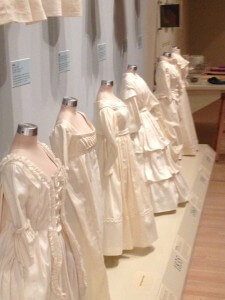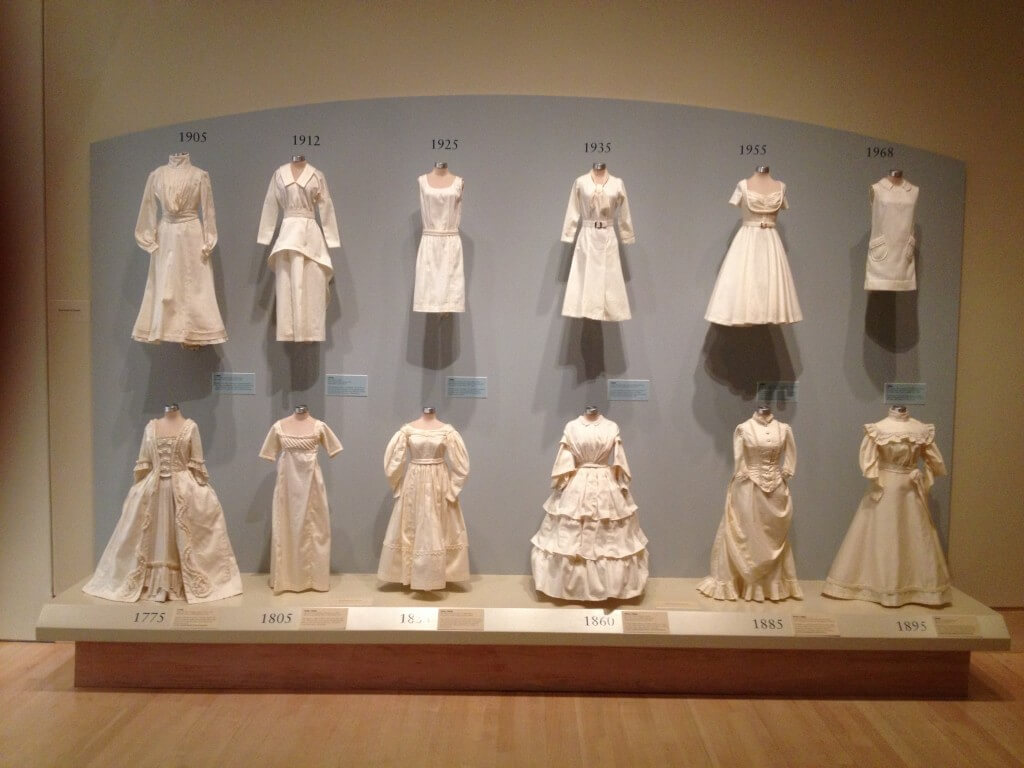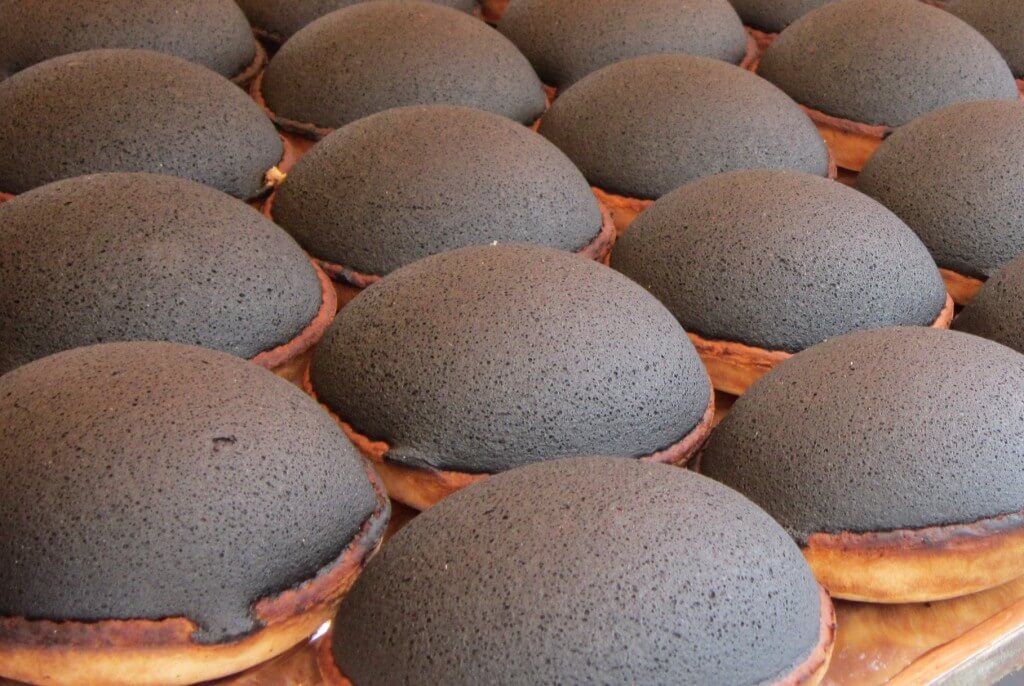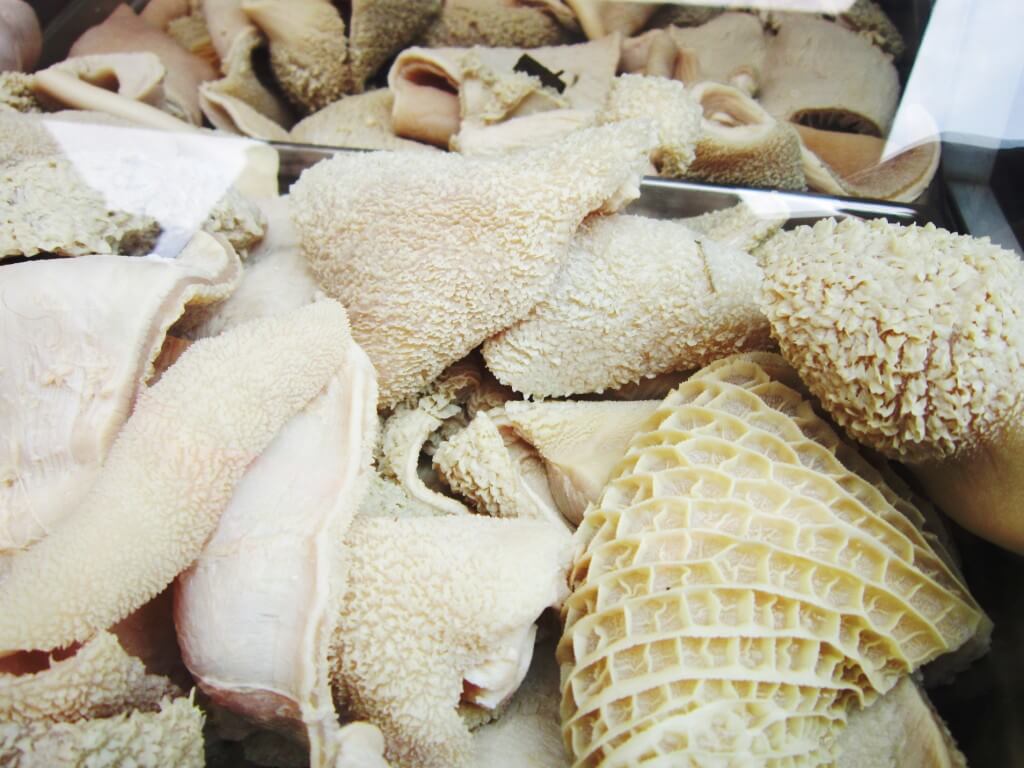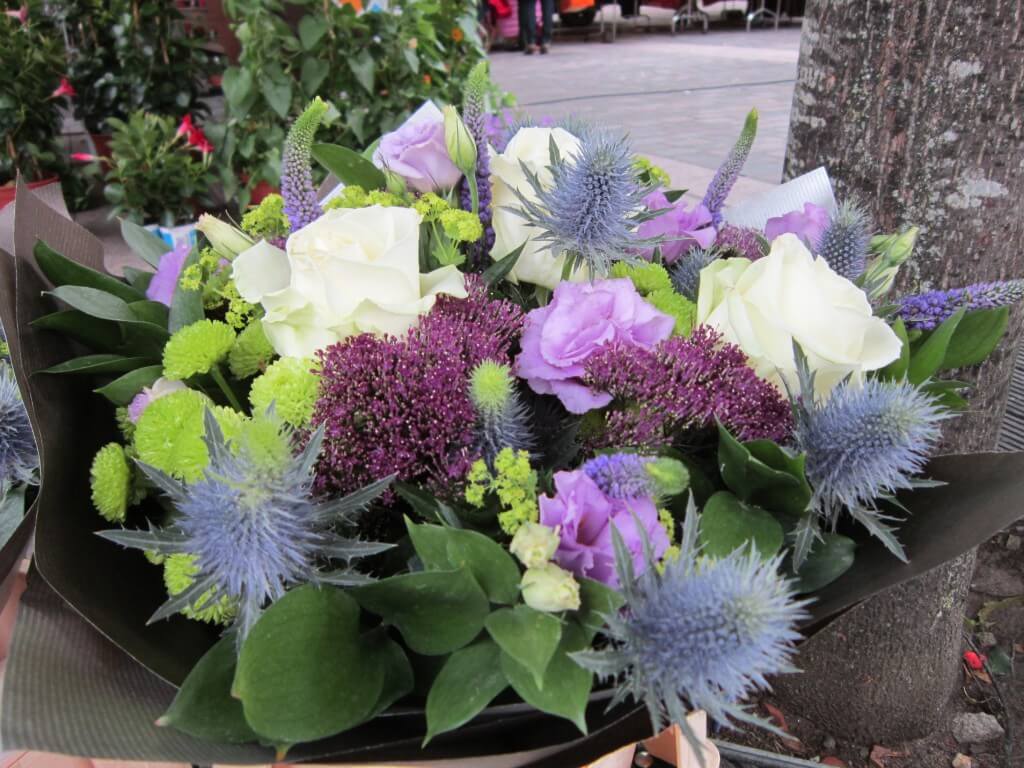To sleep in your car – completely American? Or not normal?
 I was listening to Here’s the Thing, Alec Baldwin’s excellent radio program. I’m not much of a culture vulture for a New York City resident. I live here for pretty much the same reason as a lot of people do: it’s close to work, and I like the texture of the city. I bemoan occasionally that I don’t take full advantage of all the city has to offer, but in reality, who really does? Here’s the Thing interviews people I probably wouldn’t otherwise pay much attention to (with my head buried in 18th century newspapers and manuscripts during much of my spare time). And while I was cooking on Saturday night, I listened to the podcast of Baldwin’s interview with Josh Fox, a film maker best known for Gasland, a documentary about fracking in the upper Delaware Valley.
I was listening to Here’s the Thing, Alec Baldwin’s excellent radio program. I’m not much of a culture vulture for a New York City resident. I live here for pretty much the same reason as a lot of people do: it’s close to work, and I like the texture of the city. I bemoan occasionally that I don’t take full advantage of all the city has to offer, but in reality, who really does? Here’s the Thing interviews people I probably wouldn’t otherwise pay much attention to (with my head buried in 18th century newspapers and manuscripts during much of my spare time). And while I was cooking on Saturday night, I listened to the podcast of Baldwin’s interview with Josh Fox, a film maker best known for Gasland, a documentary about fracking in the upper Delaware Valley.
During one portion of the program, Fox advanced that it was a completely American thing to do to sleep in one’s car – he did a lot of this while interviewing people for his film. Baldwin vehemently disagreed. I thought that amusing, seeing as the road trip novel is such an American construct. Blue Highways by William Least Heat Moon? Jack Kerouac? Travels with Charley by Steinbeck (although read this New York Times article from 2011 by Charles McGrath about libertarian Bill Steigerwald’s investigation and challenge to the veracity of Steinbeck’s account)? Both Steinbeck and Least Heat Moon fitted out vehicles with beds, Steinbeck dubbing his truck camper Rocinante, after Don Quixote’s horse. When it’s time to get some shut-eye, pull it off the road – home is where you make it. What is RV culture but sleeping in your albeit giant car? Going back further to the Lincoln Highway heydays of the 1920s, many auto travelers would just pull off and camp by the side of the road at the edge of a farm field. Today, such actions would bring charges of trespassing and vagrancy. What about wagons crossing the prairie?
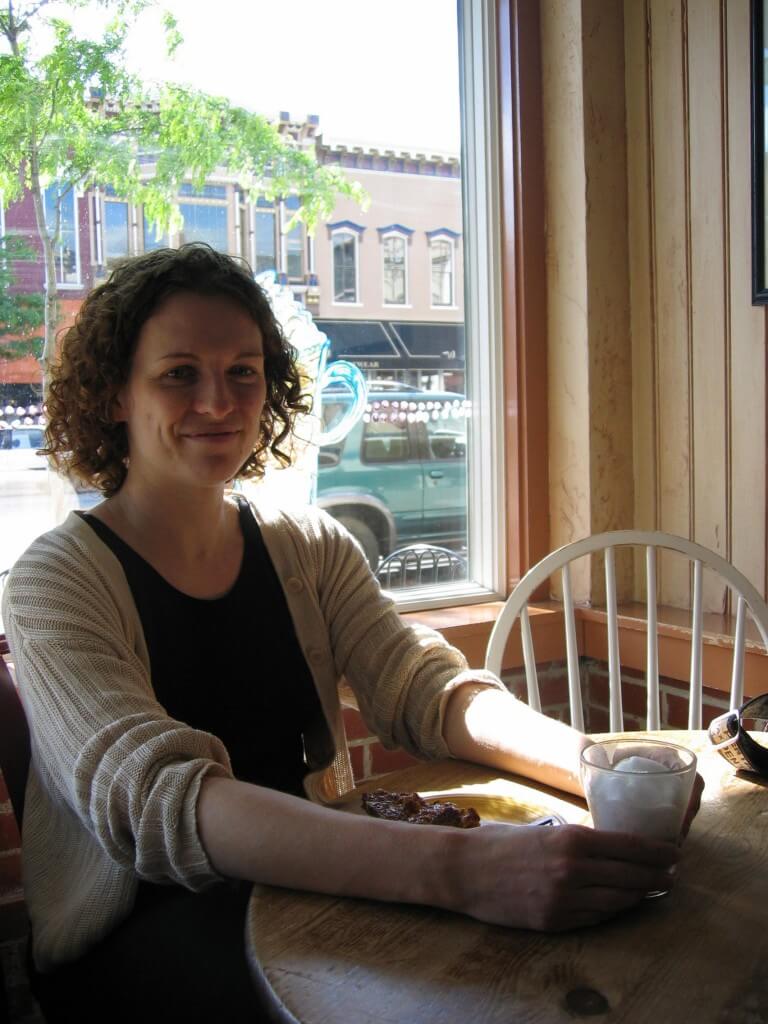
Road trip rule #1: get coffee in university towns – it’s better. The Electric Brew, Goshen, IN, 2005.
I’ve never slept in my car while traveling (I have crashed in Ms. C’s car on occasion at a reenactment). There’s a difference between being a man alone on the road, and a woman alone on the road. In 2005, Mrs. G and I caught plenty of stares as two women traveling through small towns on the Lincoln Highway. A risk of violence and social changes over the last 60 years has lessened the legitimacy of making your bed in your conveyance. The rise of the controlled motorway and the chain motel spell out how society thinks you should move from place to place and where you should sleep while doing it (and how much you should be able to pay to do so). But that doesn’t lessen the fact that lots of people sleep in their cars (visible at any highway rest stop) and trucks (long-distance truckers have often innovative efficiency apartments just behind the wheel). That has basis in a great American tradition of motion and exploration.

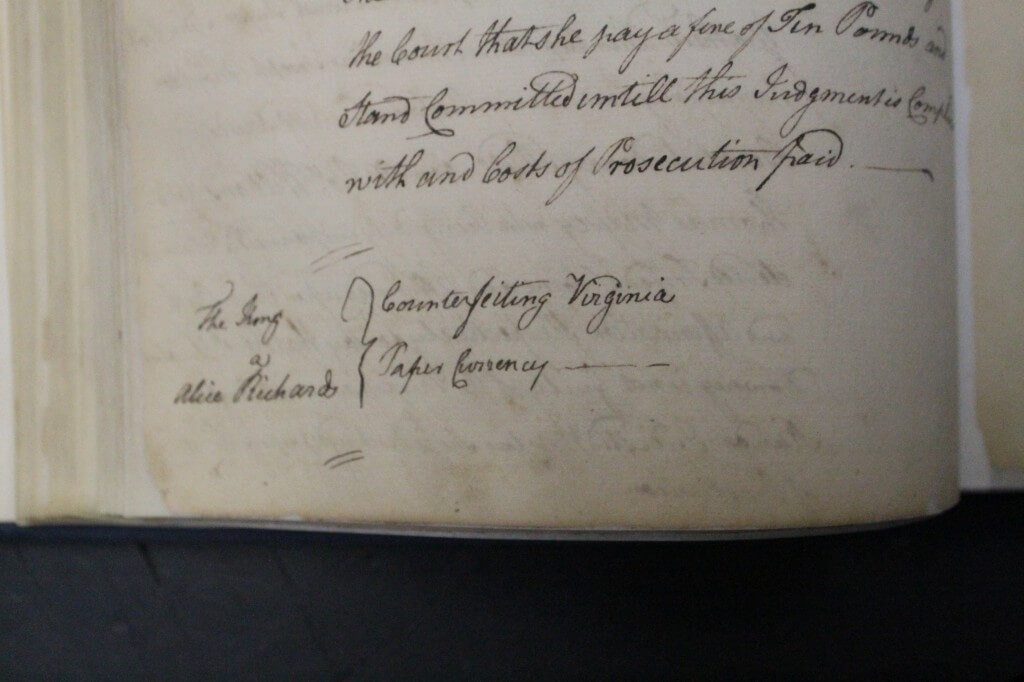
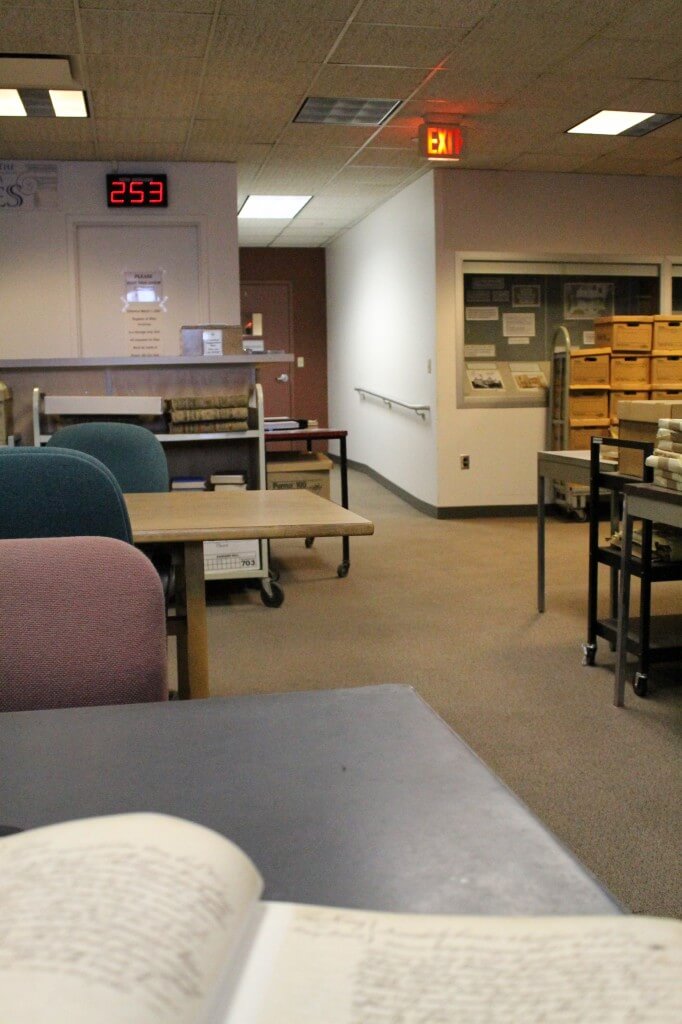
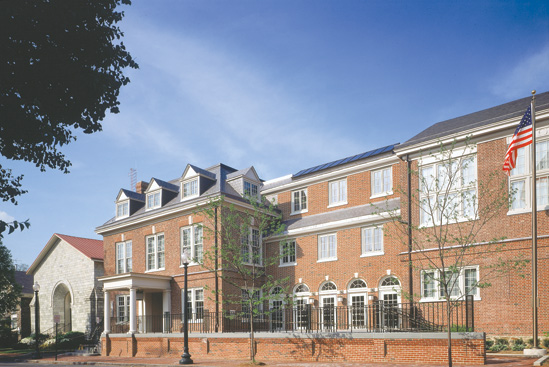

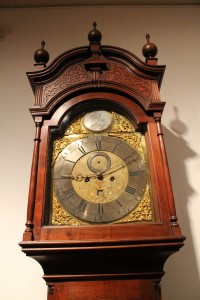
 I was there to see a short gown with a block-printed lining, as well as a scrapbook of fabrics assembled by Rachel Griscom in 1872. Several of the fabrics had 18th century family provenances, but she also preserved cloth which she identified as being worn by enslaved people near Winchester, Virginia. The samples were certainly 19th century, but it was an interesting item. During my visit, one of the librarians walked in with a surveyor’s chain (also in the collection) and quizzed the student workers, “What’s this?” He was preparing a number of materials for
I was there to see a short gown with a block-printed lining, as well as a scrapbook of fabrics assembled by Rachel Griscom in 1872. Several of the fabrics had 18th century family provenances, but she also preserved cloth which she identified as being worn by enslaved people near Winchester, Virginia. The samples were certainly 19th century, but it was an interesting item. During my visit, one of the librarians walked in with a surveyor’s chain (also in the collection) and quizzed the student workers, “What’s this?” He was preparing a number of materials for 